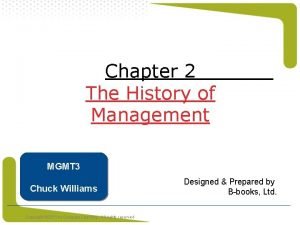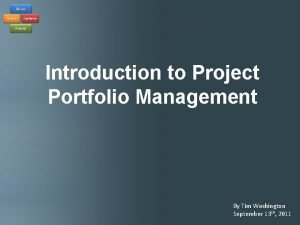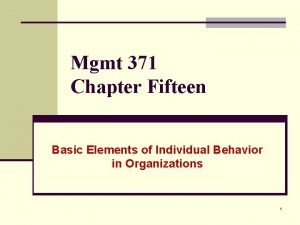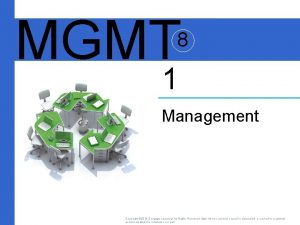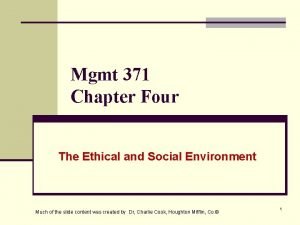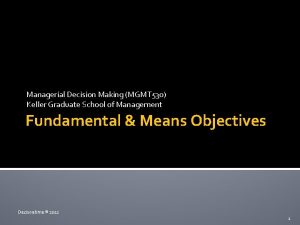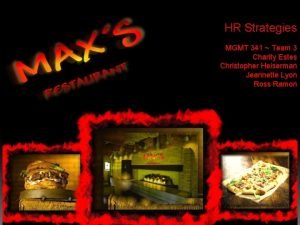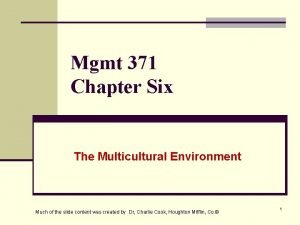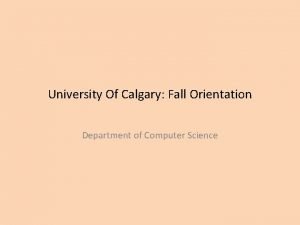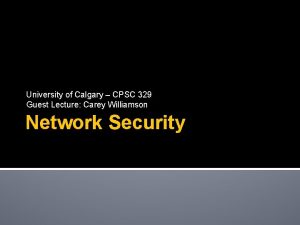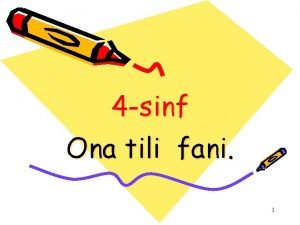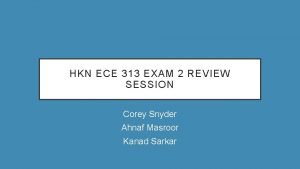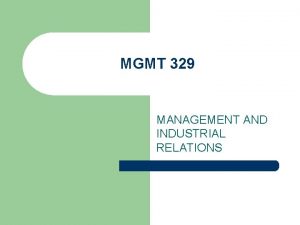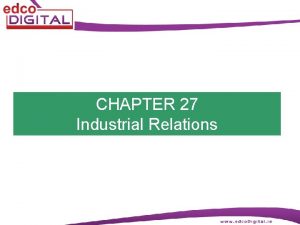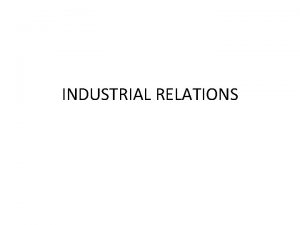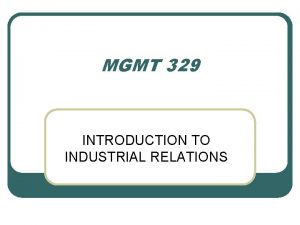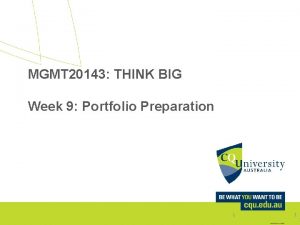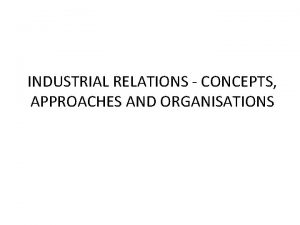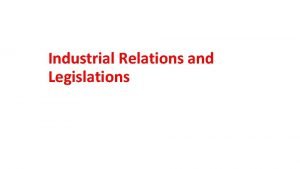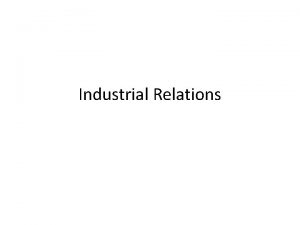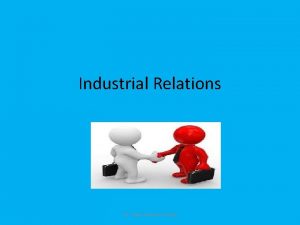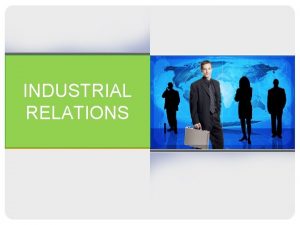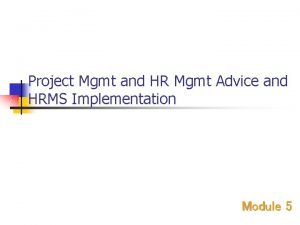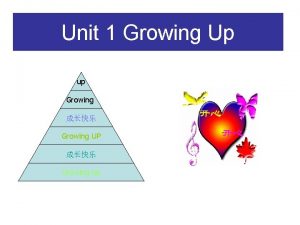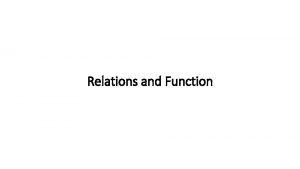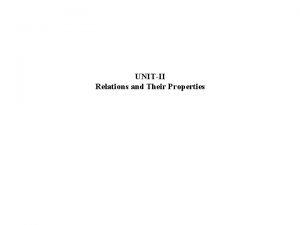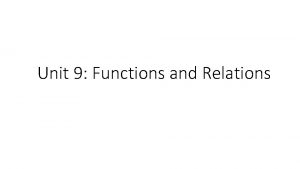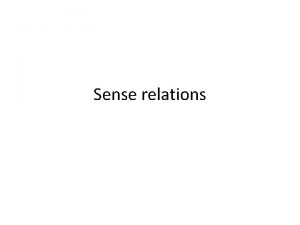MGMT 329 MANAGEMENT AND INDUSTRIAL RELATIONS MANAGEMENTS GROWING





















- Slides: 21

MGMT 329 MANAGEMENT AND INDUSTRIAL RELATIONS

MANAGEMENT’S GROWING ROLE IN IR l l l Single greatest change in IR field Reflects long-term shift in workplace power Increased privatization De-regulation Technological change Downsizing and restructuring

EVOLUTION OF MANAGEMENT IR PRACTICE l l l Paternalistic Coercive drive system Scientific management Welfare capitalist Bureaucratic

SEARCH FOR ALTERNATIVES l Concession bargaining – – – Two-tier wage systems Shifts of employment outside firm Increase use of temporary and casual workers Substitution of machinery for labour Increasing employees’ productivity by increasing their loyalty and commitment to firm

SEARCH FOR ALTERNATIVES (continued) Strategic choice (Kochan, Katz and Mckersie (1986) l Transformation of Industrial Relations l – changes in the 1950 s and 1970 s l l l decrease in union density movement to developing countries plant closures in industrialized countries ‘nonunion system’ replacing collective bargaining anti-union activity

3 CORE ELEMENTS OF STRATEGIC CHOICE l IR decisions made at three levels – – – l Effective strategies require 3 levels to operate in concert – – l business (strategic level) collective bargaining workplace designed to achieve a major goal planned & executed from highest level executed over longer term likely to have significant impact on parties Parties face a number of choices

IMPORTANCE OF STRATEGIC CHOICE l l l Sees employer as a change driver Can explain current changes in unionization Examines the role of strategy and choice among actors – l focus on more than collective bargaining level Can be used more effectively for nonunion IR

CURRENT MANAGEMENT PRACTICE l l l No single model of management practice currently prevails Small number of firms adopted progressive HRM Clearer indications as to conditions under which progressive HRM occurs

CURRENT MANAGEMENT PRACTICE (continued) l Key trends – – – Downsizing Restructuring Decline in number of IR/HR staff and change in work More strategic role for HR and IR Responsibility for IR/HR shifted to line managers Limited change to collective bargaining

TWO TYPES OF HRM Arises from strategic choice theory l “Disposable workplace” approach l – – Competitive advantage by minimizing labour costs Layoffs Two-tier wage systems Little interest in employee-involvement

TWO TYPES OF HRM (continued) l “High-road” approach – – Differentiation strategy l Niche markets l High product quality l Ability to develop new products quickly Heavy emphasis on training Increased employee involvement Flexible forms of work organization

TWO TYPES OF HRM (continued) l “High-road” approach (continued) – – Seek to provide employees with positive motivation Focus and learning and performance improvement Provide generous benefits Fundamental change in manager’s role l l Facilitative Help team members solve problems

TWO TYPES OF HRM (continued) l Progressive HRM likely to be adopted – – Larger, more established firms HRM more formal and visible in larger firms More profitable firms Firms’ union status has little effect

TWO TYPES OF HRM (continued) l Benefits of progressive HRM – – Core of loyal and committed employees Significantly better financial results l Lower unit costs l Higher profits and market share l Lower quit, grievance, and customer complaints

TWO TYPES OF HRM (continued) l Benefits of progressive HRM (continued) – – – Positive outcomes increase when progressive practices adopted as package Labour-management climate and supportive work system more important to organizational performance than specific HRM Downsizing during quality improvement initiatives reduces trust

TWO TYPES OF HRM (continued) l Barriers to adoption of progressive HRM – – – Direct cost to employers Flies in face of short-term business orientation Necessitates power-sharing--managers AND unions

TWO TYPES OF HRM (continued) l Barriers to adoption of progressive HRM will diminish – – Difficult for developing countries to compete on basis of lower labour costs alone Young people more educated Young people less tolerant of bureaucracy and hierarchy Young people want challenging and varied work

NEW CHALLENGES FOR TODAY’S MANAGERS l Need to increase training – – Workplace training has not kept pace with increased globalization and technological change Firms in developing countries will have to increase efforts significantly if competing internationally

NEW CHALLENGES FOR TODAY’S MANAGERS (continued) l Need for managers to develop cross-cultural communications and negotiation skills – – – Specific training in communications and negotiation skills appropriate for countries in which doing business Pace and timing of negotiations can differ between countries Increased foreign language training can help with diverse workforce in Turkey and TRNC

NEW CHALLENGES FOR TODAY’S MANAGERS (continued) l Recruitment and retention – – Organizations have to hire large numbers of new employees Decline in available people Retention of older employees to avoid loss of institutional memory May be difficult to motivate older employees

NEW CHALLENGES FOR TODAY’S MANAGERS (continued) l New IR/HR role – – Strategic Coach to line managers Training line managers in “people” responsibilities Training line managers in labour relations and conflict resolution
 Chapter 2 history of management
Chapter 2 history of management Infrastructure mgmt
Infrastructure mgmt Tim washington portfolio management
Tim washington portfolio management Tfanet
Tfanet Mgmt 371
Mgmt 371 Mgmt+8
Mgmt+8 Mgmt 371
Mgmt 371 Keller graduate school of mgmt
Keller graduate school of mgmt Mgmt 341
Mgmt 341 Mgmt 371 final exam
Mgmt 371 final exam Mgmt 650 quiz 4
Mgmt 650 quiz 4 Locational break even analysis
Locational break even analysis Mgmt ama
Mgmt ama Mgmt ama
Mgmt ama Mgmt 310 purdue
Mgmt 310 purdue Employee relations in public relations
Employee relations in public relations Cpsc 441 u of c
Cpsc 441 u of c Cpsc 329 u of c
Cpsc 329 u of c Crp 329
Crp 329 Ece 329
Ece 329 Ona tili 5-sinf 326-mashq
Ona tili 5-sinf 326-mashq Corey snyder uiuc
Corey snyder uiuc
